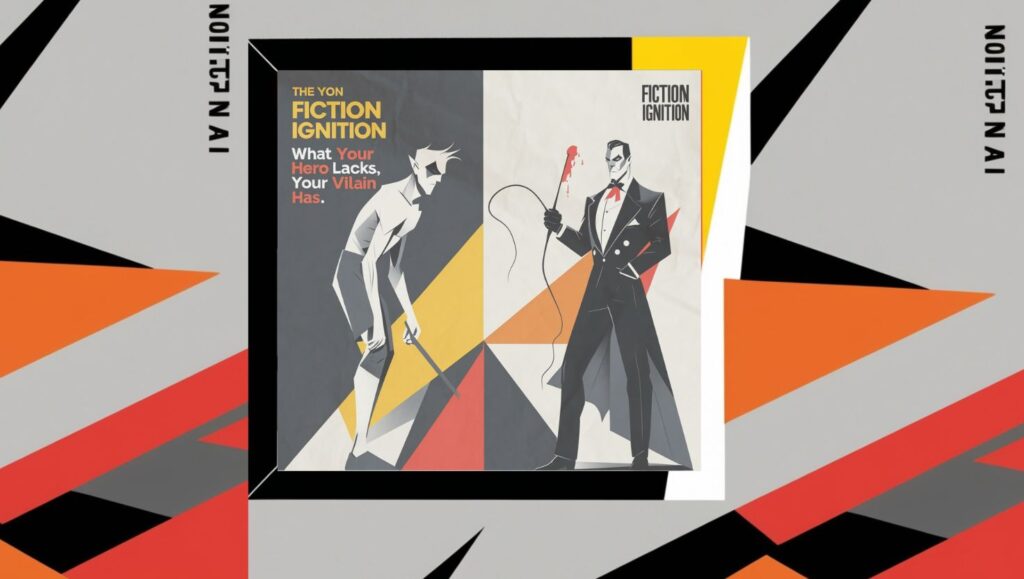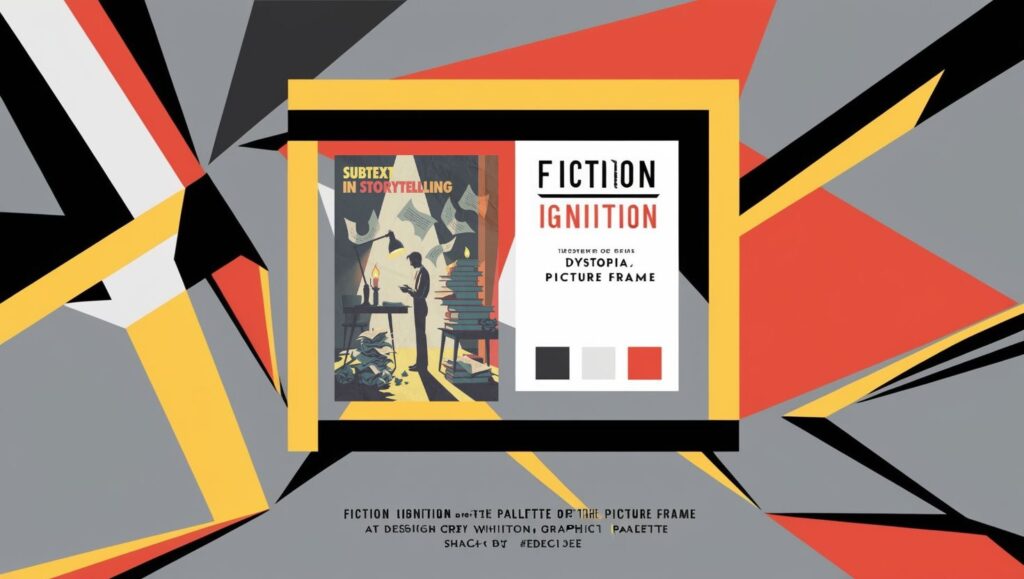Greetings, Fiction Igniters!
Pull up a chair, and let’s spark some storytelling magic together. Have you ever opened a book and been sucked right in, as if a portal had yawned wide and whooshed you to a whole other reality? That’s worldbuilding, my friends—the wizardry that turns ink into entire universes. And today, I’m spilling the beans on how to make your fantasy world so convincing, your readers will pack their mental bags to stay.
What Is Worldbuilding (and Why Should You Care)?
Worldbuilding is the art of crafting the imaginary landscapes, cultures, and rules of your story’s universe. It’s not just about drawing maps or slapping a few castles onto a hill—it’s about immersing readers in a place that feels alive. When done right, your world becomes a character in itself. Think Middle-earth, Hogwarts, or the towering spires of Gormenghast.
Why care? Because a shallow world kills suspension of disbelief faster than a cell phone in a medieval battle scene. If readers don’t buy into your setting, they won’t buy into your story. And we can’t have that, can we?
Step 1: Start with the Big Questions
Before you name a single mountain or invent your first mythical beast, ask yourself:
- What kind of story am I telling? Is it a sweeping epic? A cozy fantasy? A grimdark struggle for survival? Your world’s tone should match your tale. Think of how Westeros oozes treachery and doom in Game of Thrones while Narnia practically hums with childlike wonder.
- What’s different about this world? Why should readers care? Maybe gravity is wonky, or magic is illegal. Zero in on what makes your world special, then blow it up to full scale.
Example: In Dune, Frank Herbert asked, “What if an entire planet was a desert?” That question became the bedrock of his world—from spice melange to sandworms to stillsuits.
Step 2: Give Your World a History
Worlds don’t pop into existence fully formed—they grow over time, layer by layer. To make your world believable, give it a backstory.
- Wars and conflicts: How have past battles shaped the world?
- Cultural quirks: What traditions, superstitions, or festivals are celebrated?
- Famous figures: Who are the heroes, villains, or inventors everyone knows?
Pro Tip: You don’t have to spell out all this lore in your story. Instead, let it peek through organically. J.R.R. Tolkien’s Middle-earth, for example, feels real because every name and place carries weight—even if we never get the full story of, say, the Wars of Beleriand.
Step 3: Craft Rules and Boundaries
Readers need to know how your world works. Is magic real? If so, what are its rules? Are there consequences for breaking them? Defining these boundaries creates tension and keeps your plot grounded.
Example: Brandon Sanderson’s “laws of magic” are legendary. In Mistborn, Allomancy—the ability to burn metals for power—has strict limitations, and those limits create dramatic stakes.
Step 4: Sensory Details Are King
Want readers to live in your world? Engage their senses. Describe the tang of salt in the air at a seaside kingdom, the blare of market stalls, or the acrid stench of a battlefield.
Here’s a personal trick: close your eyes and imagine walking through your world. What do you see? Hear? Smell? Taste? Feel? The more you channel this into your writing, the more immersive it becomes.
Example: In The Name of the Wind, Patrick Rothfuss doesn’t just tell us about the University—he brings it to life with bustling taverns, dusty archives, and the sharp chill of the wind across the rooftops.
Step 5: Make Your World Interactive
People love worlds they can explore. Give your characters—and by extension, your readers—the chance to uncover mysteries, navigate complex systems, and clash with diverse cultures.
Example: Think of Harry Potter. From Quidditch to Hogwarts classes to the rules of house elves, J.K. Rowling fills her world with details that invite readers to play along.
Step 6: Don’t Forget the Little Things
Sometimes, it’s the tiniest details that make a world sing. What do people eat? What kind of slang do they use? Do they believe in ghosts or gods? These quirks breathe life into your setting.
Example: George R.R. Martin’s characters constantly feast, and the vivid descriptions of food (hello, honeyed duck and lemon cakes) make Westeros feel grounded.
A Personal Anecdote: My Worldbuilding Ah-Ha Moment
When I first tried worldbuilding, I focused on the big stuff—maps, kingdoms, epic battles. But my world felt flat. Then one day, as I was brainstorming, Shanti, one of my four cats, walked across my desk. (Shoutout to my feline muses!) It hit me: what would pets look like in this world? That simple question led to an entire ecosystem of fantastical creatures, from winged foxes to glow-in-the-dark beetles. Suddenly, my world clicked.
Final Thoughts: Your World Is Waiting
Worldbuilding isn’t about perfection. It’s about creating a place you love so much, your readers can’t help but fall in love too. So, grab your pen and start building—your universe is waiting to ignite.
Until next time, my literary pyromaniacs: don’t write, ignite!









